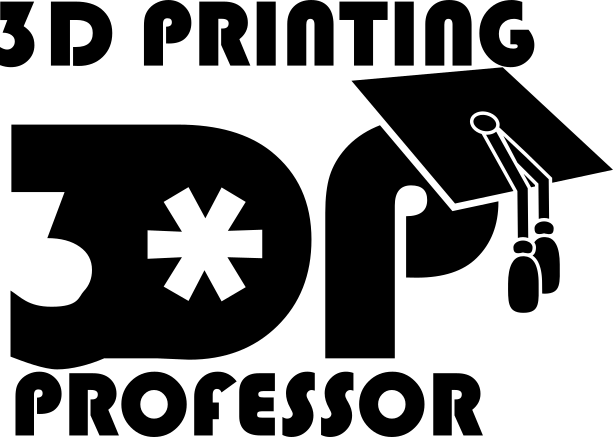Since the Rubtech Scanner wasn’t working out the way I hoped I was excited when the Ciclop folks reached out to me to let me try their scanner out. It’s about the same price as what I paid for the Rubicon, but it uses open source software and looks to be a much more open machine. So how does it measure up?
First of all the Ciclop is a real DIY job. It comes in boxes of boxes with instructions written in every language you could ever want. Of course all I wanted was english, so most of the paper went to waste, but the effort is appreciated and I’m sure it will pay off for them if this turns out to be as good as I’m hoping.
Assembly was as simple as Legos. Well, not quite that simple, but simple enough that my son had a great time helping his dad build the thing.
My biggest complaint about the hardware so far is it’s clunky UK to US converted power box and 2 USB ports it’s going to eat up. Points to Rubitech for this one. The power brick is just a 5v micro USB connector, I’m pretty sure I can find a replacement for that in the future. But the 2 USB ports. This thing had better work like butter.
The software and drivers were extremely easy to load up. Easier than the Rubitech, so points to Ciclop. However I had trouble getting the calibration to move forward. Eventual I found it was a problem with light. You really need a well lit room, but no direct light or it washes out the laser.
Unfortunately after the calibration it was still difficult to get a good scan. On the plus side the scan takes no more than a few minutes, compared to the Rubitech’s nearly an hour. But the scans I was getting was so full of false point there was no way I could clean them up. Turning on color helped me see that the scan I wanted was in there (and that I got a floor setting wrong). Eventually I fixed this, mostly, by using a better lit room.
But even with better lighting if the line was ever interrupted by the geometry of the object the software responded by spewing a line of false positives in the shadow that it couldn’t see. With good lighting these points are minimal, but to the people writing Horus I say this needs to be fixed.
The second problem is that even with calibration the left and right laser scans are off. And it’s not a shift as much as a scale problem. One scan is dilated 2.5mm inside the other, which to me says one laser is reporting the points are closer to the point of rotation than the other one. It’s possible my calibration tool wasn’t precisely constructed, resulting in this discrepancy. it’s possible I can fix this by adjust the numbers manually. I still have to play with it. But it’s good that I can play with it.
Unfortunately even after painfully cleaning up the points the mesh reconstruction leaves much to be desired..Honestly, I think Rubicon did a better job with this, and I didn’t need to clean up points or use another piece of software to do the reconstruction. Points to Rubicon for this right now.
But here’s the good news. As a measuring tool the Ciclop is showing promise right now. The actual doll measures 63.5mm across the dress and the scans measure 63.9 for the right scan and 60.5 for the left scan. If I figure out how to get those two scans so they agree with each other the point cloud could provide at least an accurate reference for modeling.
It’s not time to call it yet. While the Ciclops scans aren’t yet useful, they show promise and Rubitech just uploaded an update to their software, so maybe soon I’ll have at least one useful scanner. Stay tuned for more.



